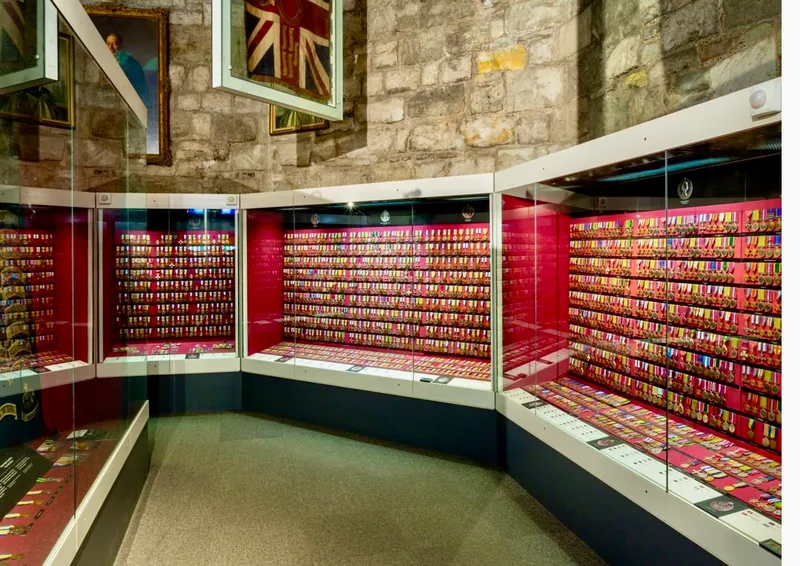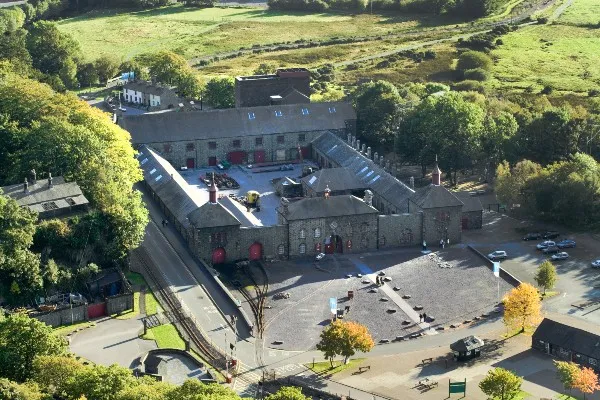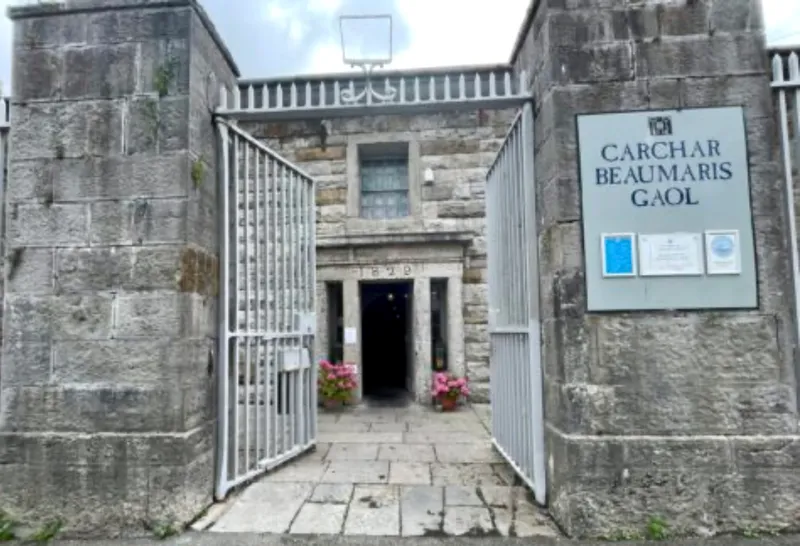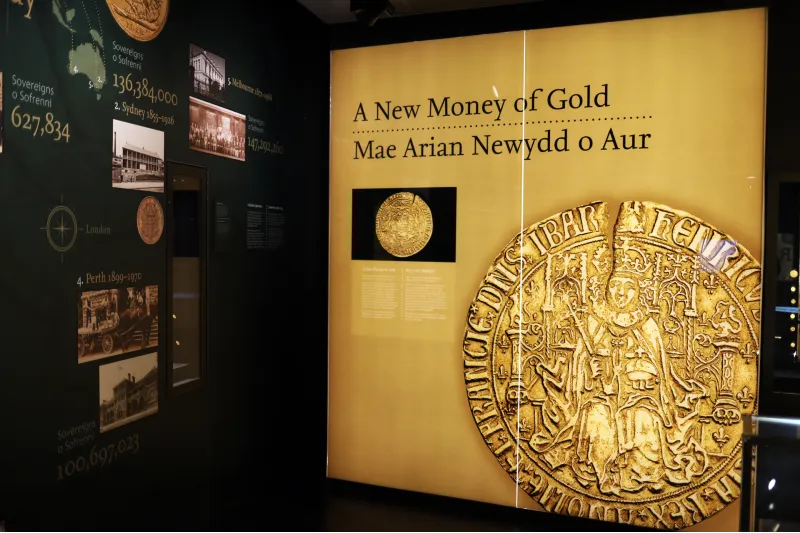When in Wales, don’t miss these offbeat museums
The history of Wales is told through its ancient monuments; its stories through its many museums. Visit these 5 museums for interesting insights into the Celtic country.
Wales is best known for its rolling landscapes and stunning scenery. From beautiful beaches and majestic mountain ranges, there’s plenty of natural drama to witness and things to do. Explore one of the towns or villages over a weekend, explore the many set-jetter locations, hike or walk in one of the epic national parks, or enjoy the seafood at a coastal pub, choices are aplenty in the Celtic country.
The nation’s history is told through its ancient monuments and its many stories through its museums, be it the national museums or the singular, smaller heritage venues. Wales has over 90 accredited museums, ranging from industrial heritage and textiles to fine art and treasures from around the world.
Museums are the best way to explore the history and heritage of Wales. After exploring National Museum Cardiff, which houses Wales’s national art, natural history and geology collections, and temporary exhibitions, and the open-air St Fagans National Museum of History, Cardiff, which showcases the history and heritage of Wales, make time for these interesting but oft-ignored museums:
Royal Welch Fusiliers Museum, Gwynedd

Housed in two towers of Caernarfon Castle in Gwynedd, the Royal Welch Fusiliers museum has a range of original exhibits, including a huge collection of medals. Photo: Visit Wales
The museum tells the interesting story of the oldest infantry regiment in the world. Raised in March 1689 by Lord Henry Herbert at Ludlow in the Welsh Marches, the regiment was created to help fight in Ireland against James II, the recently deposed king. Thirteen years on, it became one of the earliest regiments to be honoured with a fusilier title, with its ancient past reflected in an archaic spelling —'Welch' instead of 'Welsh'.
Housed in two towers of Caernarfon Castle in Gwynedd, the museum has a range of original exhibits, supported by models, film, and sound. Learn more about how the Regiment won 14 Victoria Crosses and listen to the words of Siegfried Sassoon, Robert Graves, David Jones and Frank Richards, famous writers who served with the Royal Welch during World War I.
The history of the Royal Welch history, which goes back to the campaigns of William III, includes Marlborough's wars, the wars with Revolutionary and Napoleonic France, the Crimean War, the Boer War, and the American War of Independences.
Many battalions played an important role in World War I and World War II. Garrison troops of the Royal Welch have been part of peacetime operations in Canada, India, the West Indies, and Hong Kong.
Soldiers have also been a part of humanitarian and peacekeeping operations in Iraq, Bosnia, and Afghanistan.
National Slate Museum, Llanberis

Located in the Victorian workshops of the Dinorwig slate quarry, the National Slate Museum lets visitors dig deeper into the story of Welsh slate. Photo: Visit Wales
How do you steal a mountain? The Welsh have a standard answer: “You knock it off.” The Welsh should know. For over the years, they’ve steadily knocked off numerous mountains to make way for hundreds of slate quarries, which mined and cut the slate tiles seen on most roofs in Britain in the 19th century.
The National Slate Museum, located in the Victorian workshops of the Dinorwig slate quarry, offers the chance to dig deeper into the story of Welsh slate and the lives of quarrymen.
The site has been preserved the way it used to be–a massive waterwheel that once drove all the machinery still turns and a narrow-gauge railway that linked the quarry with the works hasn’t run out of steam. Explore the forges and foundry, and the rebuilt quarryman's houses that have been redone to show the cramped living conditions of the time.
Opened in 1972, the museum takes you into the past of an industry and a way of life that is part of the history of Wales. The many talks, workshops and slate-splitting demonstrations by traditional hand-craftsmen showcase the skills of generations of quarry workers.
Beaumaris Gaol, Anglesey

Beaumaris Gaol is home to one of the last working penal treadmills in Britain. Photo: Visit Wales
The foreboding Beaumaris Gaol, full of memories and secrets, was the main prison in Anglesey during the 1800s. The dimly lit corridors and spartan cells and places of punishment showcase the what the life of a prisoner in those days would’ve been like.
Built in 1829, the jail was expanded in 1867 to accommodate approximately 30 inmates. It was shut down 11 years later, after which it served multiple purposes: a police station until the 1950s after which it was converted into a children's clinic and then a museum in 1974. The gaol's chapel is not original; the pews and pulpit were brought from a chapel being renovated elsewhere on the small island.
The prison showcases the brutality of the time–with chains, whippings, and isolation in dark, dank cells for days common to control prisoners. But, in its heyday, the jail was seen as more humane as compared to earlier gaols. Beaumaris Gaol is home to one of the last working penal treadmills in Britain. However, it’s unusual as it was used to pump water to the top of the building to be used in cells; it wasn’t employed to ensure that prisoners were forced to work for no reason.
There’s a reason why the clock in the church tower opposite the scaffold has never kept the right time. Locals believe that Richard Rowlands, who was executed in 1862 for the murder of his father-in-law, protested his innocence and put a curse on the clock.
Royal Mint Experience, Llantrisan

With a history that dates 1,100 years, the Royal Mint Experience showcases what goes into making the coins of 60 countries, including the UK. Photo: Visit Wales
Learn what goes into moneymaking at the Royal Mint Experience. Initially established in the Tower of London, the Royal Mint has been based in Llantrisant since 1968 when it was opened by the Queen. It has become a huge success story since then, minting coins and medals for more than 60 countries and employing about 950 people.
With a history spanning more than 1,100 years, The Royal Mint Experience showcases the work that goes into making coins from the UK and all over the world. Behind-the-scenes tours allow you to watch through a glass wall how coins are minted–more than 700 are produced every minute!
The exhibition explores the history of the Mint, the money and the medals it makes, and explores people's relationship with coins and the hobby of collecting them.
Check out the displays spotlighting some of the world’s oldest and most valuable coins, get a closer look at medals from the London 2012 Olympics, and see some of the foreign coins being made on site.
Interactive exhibits, quick games, and coin hunts keep everyone engaged. Don’t miss the set of special scales that quantified the description of your weight in gold. Stand up and learn your precise value in gold!
Dylan Thomas Centre, Swansea

The Dylan Thomas Centre in Swansea has a permanent exhibition that showcase the life and legacy of this charismatic poet. Photo: Wikimedia Commons
Born in Swansea on October 27, 1914, Dylan Thomas is the most loved poet in Wales. His life, legacy, and work–poems and prose are known for rhapsodic lilt, comic exuberance, and pathos–take centre stage at the Dylan Thomas Centre in Swansea.
Thomas dropped out of school at sixteen to become a junior reporter at a daily newspaper. He wrote more than half his poems in his late teens after quitting his job. The museum dedicated to him is housed in a beautiful Grade II listed building in the Maritime Quarter. The main attraction? Love the Words, a permanent exhibition on Dylan, which provides insight into the life and work of this charismatic poet through a range of media and including books, letters, and photographs.
The museum offers a year-round programme of literary events such as plays, poetry evenings, exhibitions, and book launches. An annual Dylan Thomas Festival, organised between Dylan’s birth and death dates, October 27 to November 9, draws fans and literature lovers.
(Main image: Shutterstock)
Edited by Affirunisa Kankudti







